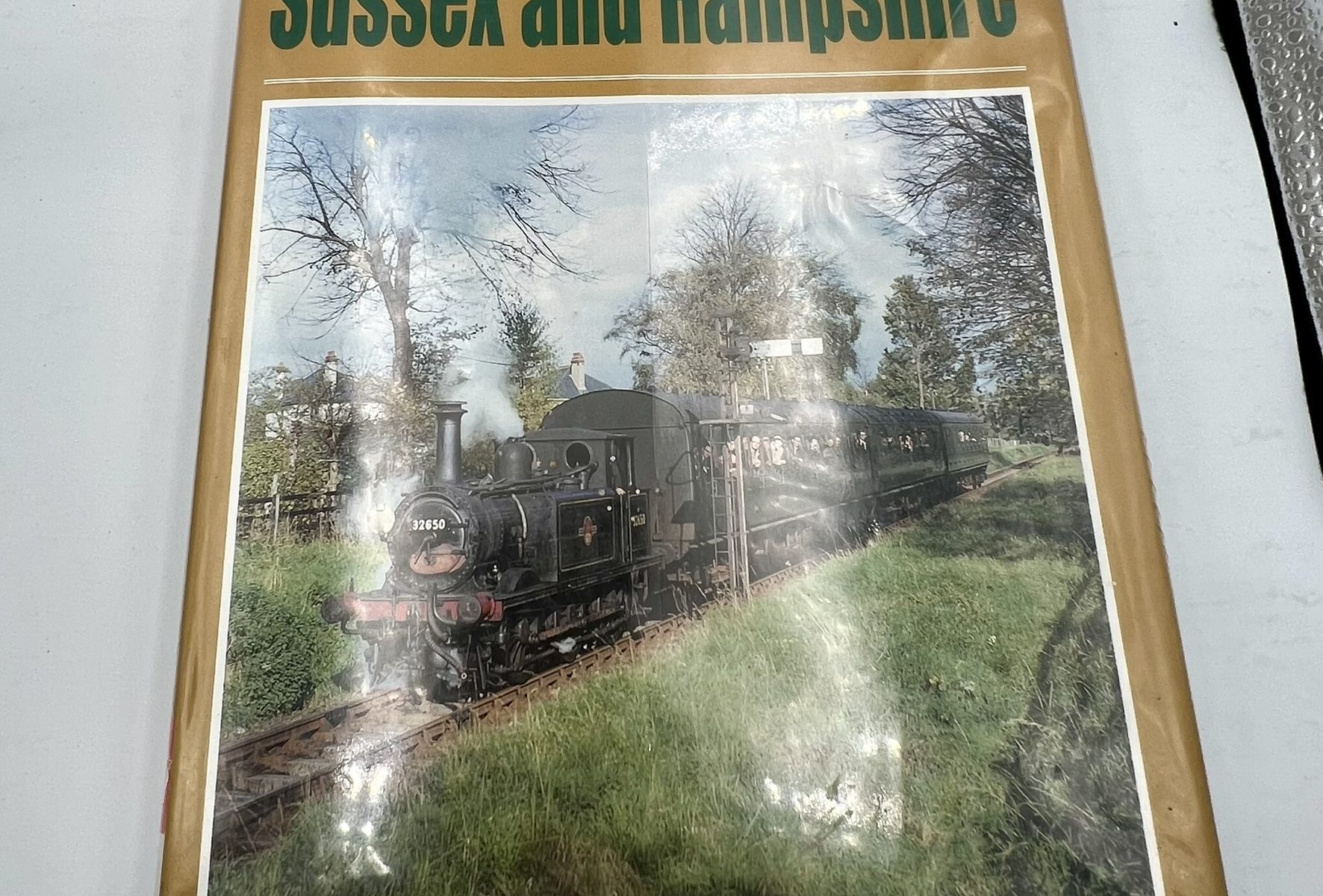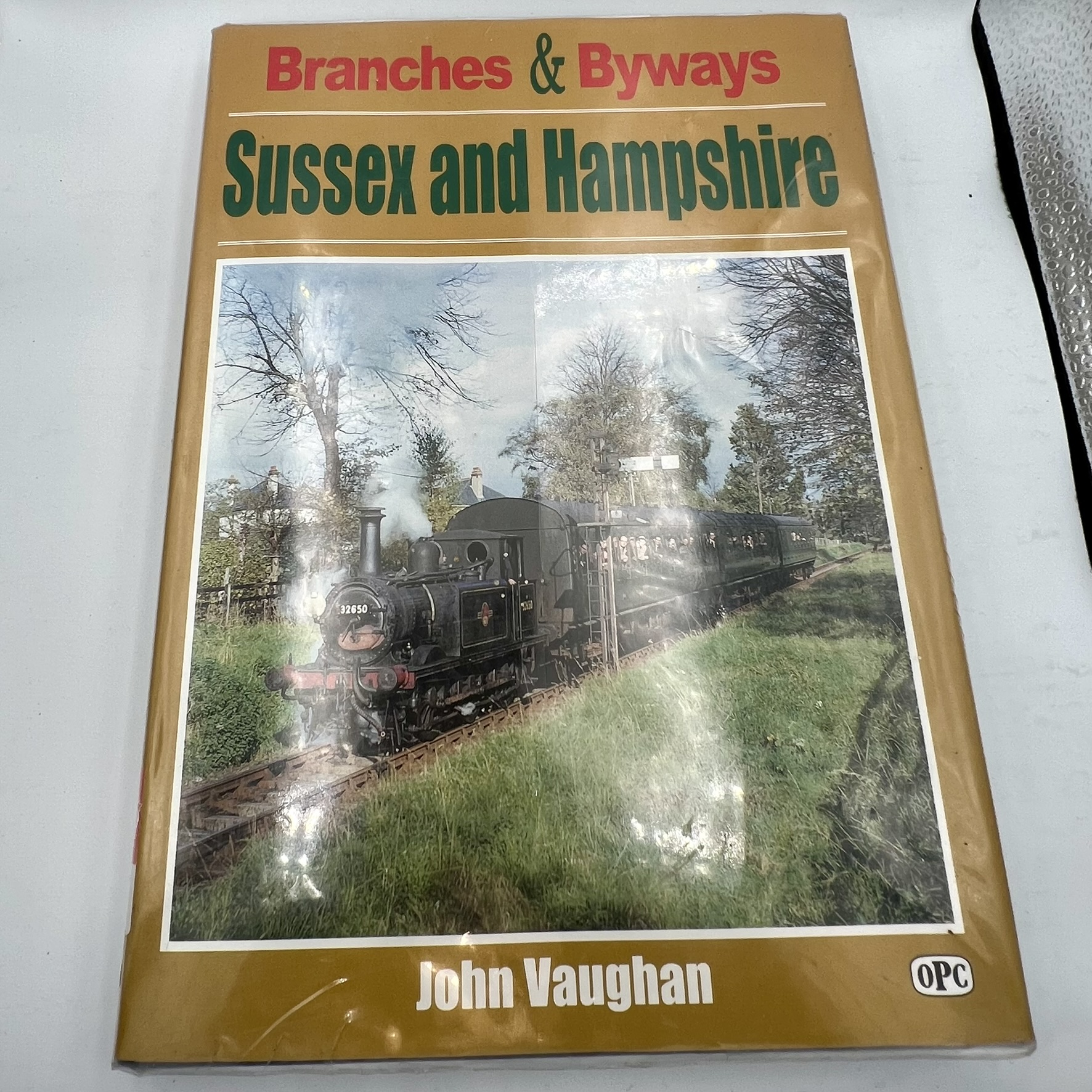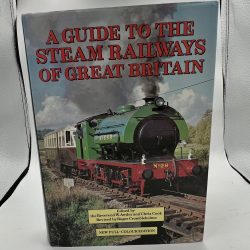Description
The railways of the large coastal counties of Sussex and Hampshire were at their zenith in terms of route mileage in the late 1920s. In addition to main lines, there was a considerable network of secondary and branch lines, from Rye and Hastings in the east to Bournemouth and Lymington in the west. Prior the formation of the Southern Railway at the Grouping in 1923, the London, Brighton & South Coast Railway dominated East and West Sussex, the London & South Western Railway controlled most of Hampshire and the South Eastern & Chatham Railway was active on the Sussex and Kent borders. These pre-Grouping companies were very protective of their territories and they all made determined efforts to keep other railway companies — especially the Great Western Railway — away from their profitable sources of traffic.
During the Victorian era, betore the advent of motor transport, railways grew to become the primary mode of transport.
For any business needing to transport materials, access to a railway line was essential. Also, a middle class of society was developing which had sufficient disposable income to regularly make journeys by rail. Business entrepreneurs invested in constructing railways and slowly but surely the railway map became more comprehensive as minor lines and branches were opened. In addition to significant agricultural traffic, the coastal towns of Sussex and Hampshire became a magnet for railway activity as many became popular resorts. Commercial ports served by rail grew in importance and the Royal Navy. particularly around Portsmouth, and other forces had a substantial presence.
However, from the late 1920s/early 1930s closure of railway lines became a regular occurrence and this process continued until the early 1970s, by which time all uneconomic minor and branch lines had gone. In this latest volume in the OPC ‘Branches & Byways’ series, John Vaughan draws on detailed local research to narrate the history of the myriad branches and secondary lines of this region, providing the reader with historical account of each of the lines featured, supplemented by over 450 historical photographs and maps. All those interested in history of the Southern Railway and its constituents, as well as the local history of Sussex and Hampshire, will find Branches & Byways: Sussex and Hampshire a unique and indispensable reference book.
SOLD AS SEEN








